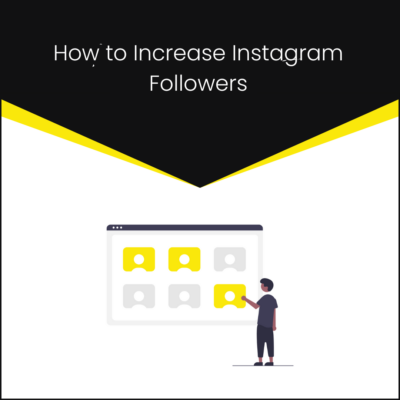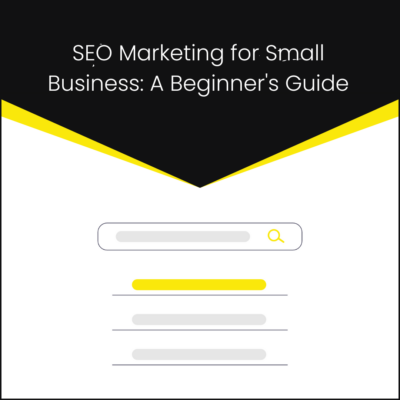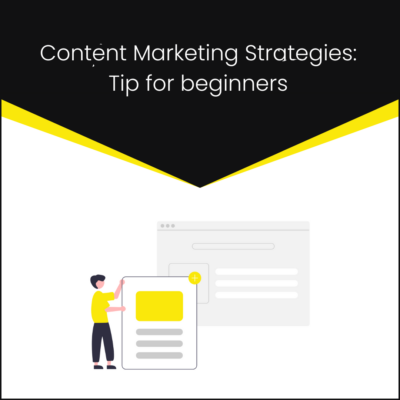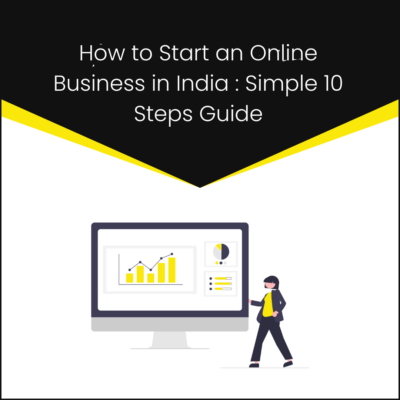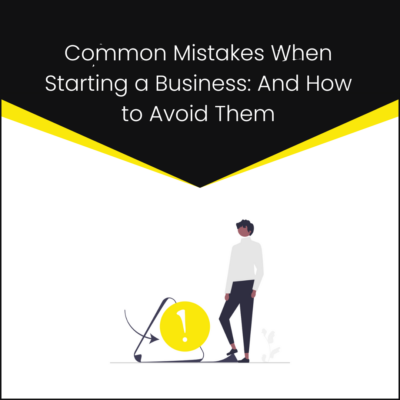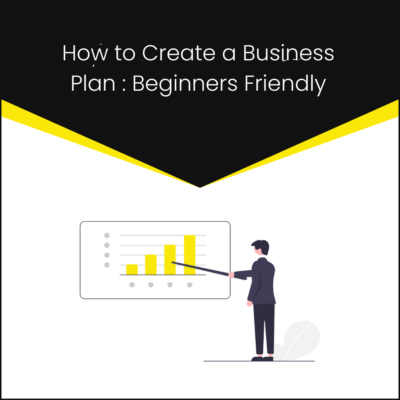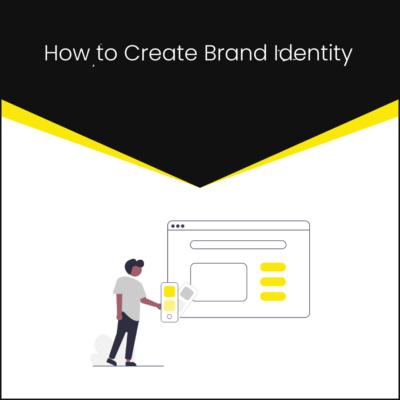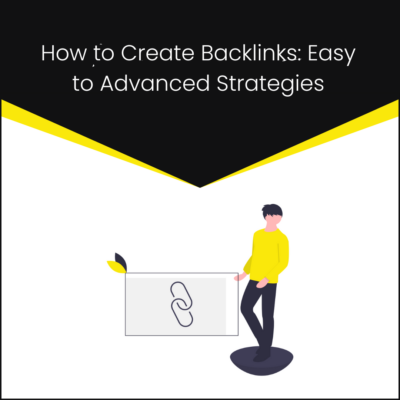The role of SEO is significant in improving your organic ranking on the search engine results page (SERP). As a result, you can bring more traffic to your website or blog. To improve your ranking, two types of SEO complement each other. One is on-page SEO, and another is off-page SEO. Both are important for boosting your ranking on Google and other search engines. But what is on-page SEO, why is it important, and what are the top on-page SEO ranking factors?
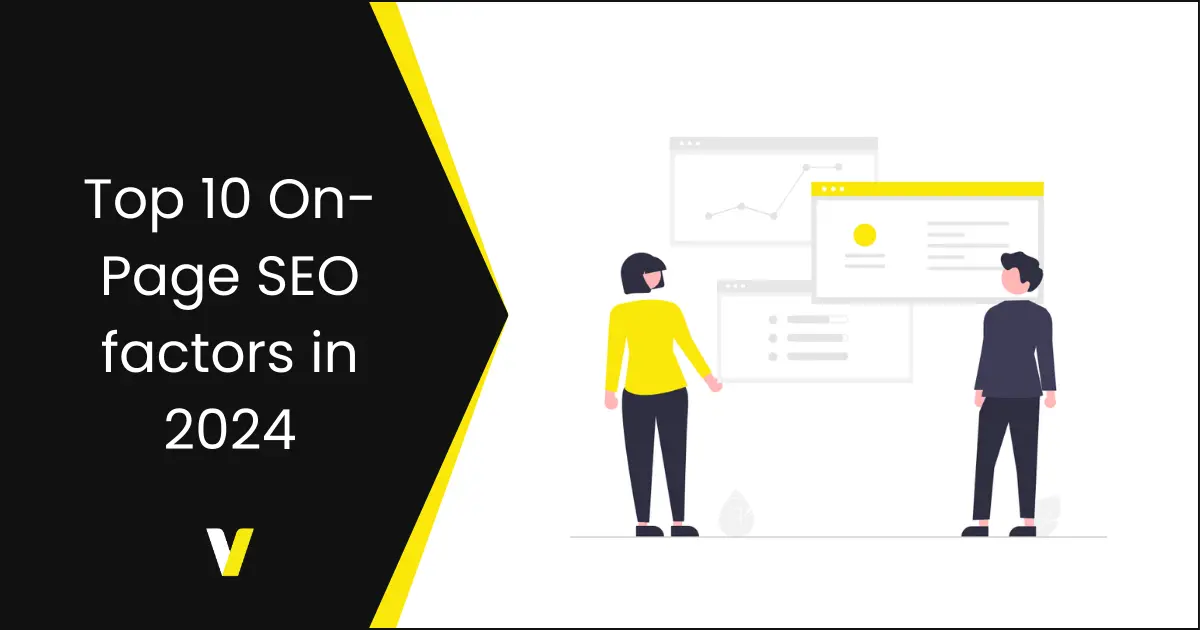
In this article, we have answered all these questions, using which you can optimize the ranking of your website and attract more visitors.
What is On-Page SEO?
On-page SEO or on-site SEO is the technique used to optimize your website’s content and HTML code to make it user-friendly and discoverable for search engines. When you implement on-page SEO techniques, it becomes easier for search engines like Google and Bing to understand the motive of your website pages and show them up for relevant queries or keywords.
The most common on-page SEO practices are having quality content, internal linking, website loading speed, meta tags, keywords, etc.
So, to sum up, in on-page SEO, all your efforts are put on your website itself. It is different from off-page SEO, in which your efforts are put on other websites to optimize the ranking of your website.
Importance of On-Page SEO
With a massive number of websites on the internet, you have to fight tough competition to reach your target audience. Search engines have their algorithms to show the websites in SERPs after crawling all the websites for relevant content. The aim of search engines is to bring the most appealing results to the users.
To ensure that search engines show your website up in the search results, you have to optimize it and make it relevant for both search engines and users. On-page SEO helps you do that.
For instance, one of the main factors in on-page optimization is using keywords in meta tags and content. As per an analysis by Backlinko, there is a correlation between the web pages ranking on the first page of Google and keyword-rich title tags. Moreover, search for any term, and you will find the top-ranking websites having those keywords in their titles.
On-Page SEO Ranking Factors
There is more to optimizing your website ranking with on-page SEO. Let’s discuss primary on-page SEO ranking factors one by one:
- Website Loading Speed: Google clearly says that the loading speed of a website is a ranking factor. It is because the search engine giant wants to provide the best experience to the users searching their queries on Google. Moreover, if your website fails to load within the first three seconds, 40% of the users will leave the site and jump to your competitors.
You can’t afford that. Test your loading speed using Google’s Page Speed Insights tool and check the recommendations about what actions you can take to improve the page speed. For instance, you can reduce the time required to load a page by removing the third-party scripts, minimizing the page’s total size, compressing images, etc. - Optimize Title Tag: Title tag plays the most crucial role in on-page optimization. It is because it shows an overview of your page in search results. What you can do to optimize is to use the primary keyword at the beginning of the title for more weightage. Keep the length of the title up to 65 characters so that it appears properly in search results.
- Content Uniqueness: Use of keywords in duplicate content or old content won’t necessarily bring high rankings. If your competitors have written unique and new content and use the right keywords, you won’t be able to beat them.
That’s why you must bring something new to the table that offers value to the users and meets their search intent. - Internal Linking: You simply can’t ignore internal linking if you want to improve your website’s ranking on search engines. This is because it can help you to increase the authority of your new pages by linking them to the old and high authority pages.
Create a list of your web pages that attract the highest traffic. Then, add some internal links in those pages linking to other important pages. It definitely helps as a top on-page SEO factor. - Image Optimization: To optimize your images for SEO, you must add a relevant image title, filename, and alt text. These things describe the purpose of your image to search engines and can showcase your images in the image search results. You can use related keywords in the alt text.
If you are not using some images on pages, then try to include a few to improve the engagement rate. Before uploading the images, make sure you compress them so that it doesn’t impact your page speed. - Primary Keyword in Beginning: It is an old SEO trick that still works. What you must do is include your primary keyword in the first paragraph or the first 100 words of the content.
For instance, if you are crafting a blog post about the best content marketing tools, then you should use the ‘content marketing tools’ keyword in the introductory paragraph.
This works because search engines emphasize the keywords appearing earlier on the page. - Use Heading Tags: Whether it is a web page or an article, you must use heading tags (H1, H2, H3, H4) within the content. H1 and H2 are the most valuable tags because search engines understand the intent of your page easily with these.
- Keywords in Heading Tags: You must include your keywords in some of your heading tags to optimize your content for on-page SEO and gain a boost in ranking. Search engine algorithms check your meta tags and heading tags before going through the entire content. By using keywords in headings, your chances of ranking for those keywords increase.
- URL Optimization: The URL structure of your website pages is also a ranking factor. When you include your primary keyword in the URL, search engines can understand the intent of your page and rank it for relevant search queries. Moreover, users can also see the URL in search results and click on it confidently, which improves the click-through rate (CTR).
- Add Meta Description: The meta description is a short outline of your web page that appears under the page title in SERP. The purpose of this description is to help users find what your page is about. If you have pages without meta description, then write some short and catchy descriptions first. While writing, include a couple of keywords naturally with a call-to-action that can drive users to click.
Wrapping up
If you want to optimize your website’s ranking on Google, you must work on the on-page SEO factors mentioned above. These factors can significantly grow your website traffic and help you outrank your competitors.
Have any questions or doubts? Connect with us using the comments section.
Ashwdeep, is a Founder & Chief Mentor of the Ventureheap Academy having 10+ years of experience in the Digital Marketing domain. His core area of practice is Search Algorithms which has given him an edge in analytical thinking with a unique perspective. He has worked as a digital marketing consultant with 300+ brands across 19 countries. He has a rich experience of writing in different areas related to marketing, technology & businesses.

Recent Posts
- How to Increase Instagram Followers December 27, 2024
- SEO Marketing for Small Business: A Beginner’s Guide December 27, 2024
- Content Marketing Strategies: Tip for beginners December 27, 2024

